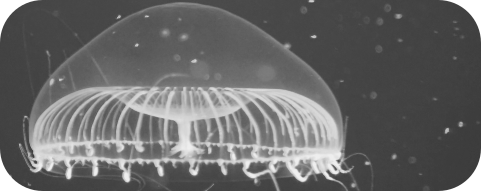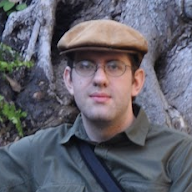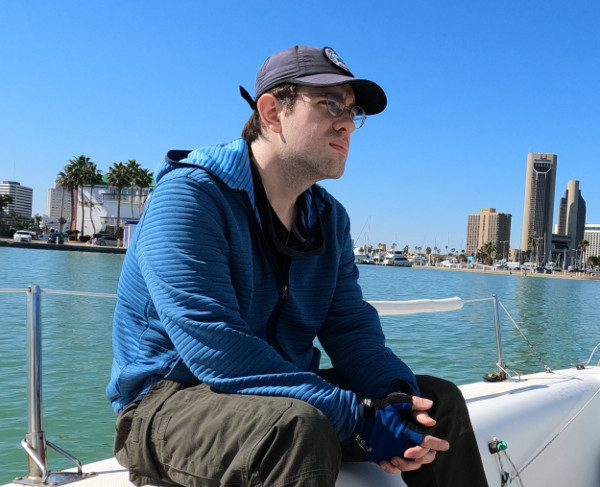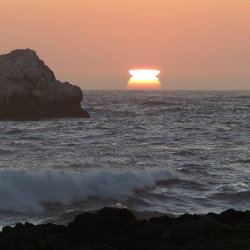About
Greetings. My name is Evan Krell. I was born in Corpus Christi, a coastal city situated on the Gulf of Mexico in South Texas. It is here that I completed both my bachelors and masters in Computer Science at Texas A&M University — Corpus Christi (TAMUCC). Despite encouragement to explore further afield, I am now pursuing a PhD in Geospatial Computer Science at the same.
While I am interested very broadly in solving problems using computer science, I have a general focus on coastal and marine applications. I have worked on DNA metabarcoding to identify the diets of fish based on their gut contents, energy-efficient path planning for autonomous surface vessels, and AI modeling for coastal fog prediction. While much of my research focuses on solving local problems in the South Texas Coastal Bend, I use these applications as case studies for developing novel methods with broad application.
Growing up in Corpus Christi, I've been able to pursue interests in various aquatic activities. Among the best ways to enjoy the city's many bodies of water include kayaking and exploring spoil islands in the Laguna Madre, catching tonight's dinner with my family, and participating in local regattas in Corpus Christi Bay. It is not by accident that my research and personal interests are so strongly aligned.
Organizations
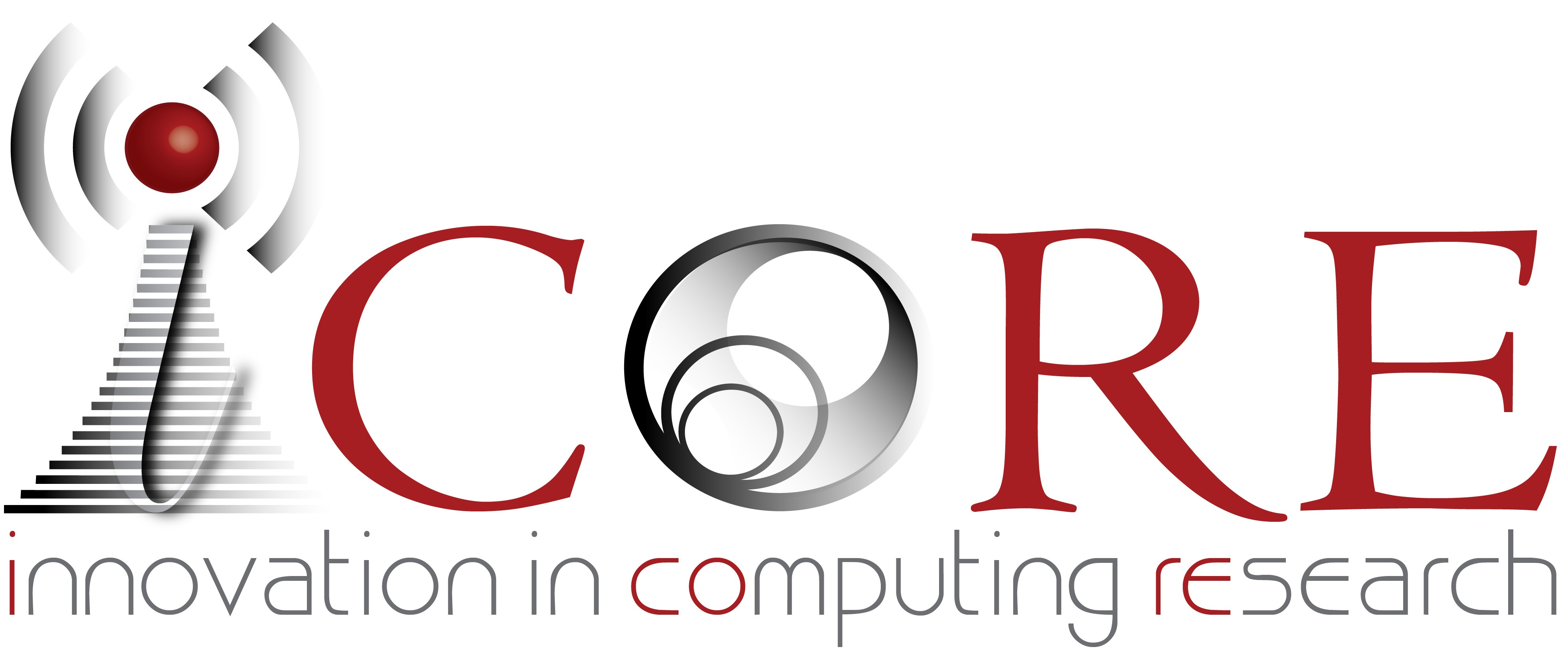
The innovation in COmputer REsearch (iCORE) lab at TAMUCC is a multidisciplinary research group where members from various backgrounds work together to leverage computer science to solve problems. We apply AI, computer vision, simulation, etc to robotics, atmospheric science, smart agriculture, and more. At iCORE, my focus is on artificial intelligence for autonomous vehicles and geoscience applications. I have had opportunities to mentor undergrads in multiple robotics and AI projects. iCORE is slightly unusual in being both a lab and what could be called a venue for public events. Throughout the semester, we hold a diverse variety of trainings and events available to students and faculty as well as attendees from outside campus. I am more or less in charge of organizing iCORE's meetings and events, as well as maintaining a weekly newsletter.

The Conrad Blucher Institute for Surveying and Science (CBI) is a research institute at TAMUCC that includes several labs. CBI is broadly concerned with the application of geospatial sciences for data-driven decision making. In addition to fundamental research, there is an emphasis on coastal applications to support local stakeholders in the Texas Coastal Bend. As part of the Coastal Dynamics Lab (CDL), my research focuses on eXplainable AI for geoscience models whose input predictors are high-dimensional rasters. FogNet is a 3D Convolutional Neural Network for predicting coastal fog that relies on a raster containing 384 channels of NWP model output combined with satellite-measured Sea Surface Temperature. My role was initially to apply XAI techniques to help us investigate the strategies used by FogNet so that we could improve the model and gain trust from local forecasters who could use it. After identifying a number of challenges, I am now focusing on novel XAI techniques to improve explanations for geoscience models in general.
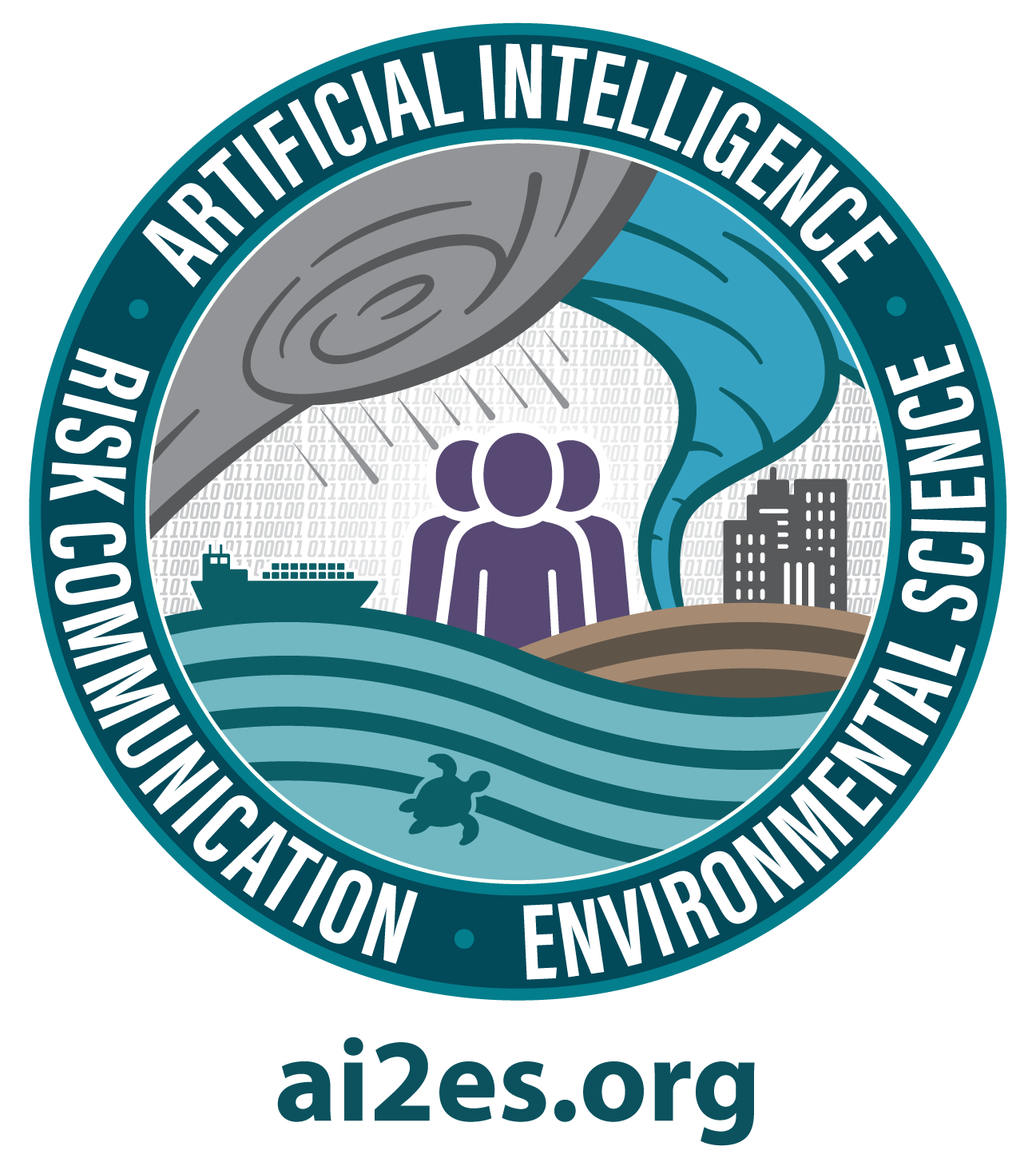
The NSF AI Institute for Research on Trustworthy AI in Weather, Climate, and Coastal Oceanography (AI2ES) is multi-sector institute that includes academic, industry, and government lab partners. The goal is to develop trustworthy AI for applications in environmental science. While it is critical to achieve high performance models to characterize complex environmental phenomena, AI2ES strives to achieve trustworthy AI in several ways. For example, by working closely with stakeholders to ensure that the developed systems align well with user needs. Another major component of trustworthy AI is to understand how the models make their decisions. My XAI research conducted as part of CDL is also part of AI2ES. In addition to my primary XAI research, I am involved with multiple collaborations among AI2ES partners.

The Islander Sailing Club is TAMUCC's student organization dedicated to the sport and joy of sailing. Thanks to our relationship with the Corpus Christi Yacht Club (CCYC), students are able to sail several International 420 Dingies and two Interclub Dingies. Using these vessels, we sail in Corpus Christi Bay whenever the winds are willing to cooperate. No experience is expected from new members, and it is common for members to go from having never been afloat to competing in regattas against other schools within a semester. Whether you are interested in casual sailing or competition, there are many opportunities to sail. I serve as the club's treasurer. An understandable mistake would be to assume that since I am an officer of a sailing club that I am any good at sailing. My current mobile phone is a waterproof model due to an incident in which I remembered during a capsize that I forgot to remove my previous phone from my life vest.
PhD Timeline

PhD Map

Research Experiences
Panoply Cyber Defense Competition: Winner
2014
During undergrad, I was a member of the Cyber Defense Team and competed in a few competitions. Our team took first place in the 2014 Panoply competition. Our team of four was composed of Brad Hanna, Dustin McManus, Francisco Elizalde, and myself. Given a network containing a number of vulnerable machines, points were awarded for a successful penetration. I recall making one or possibly two intelligence decisions over the course of the event.
Genomics Core Lab
2016 - 2018
My first research position was in the Genomics Core Lab (GCL) at TAMUCC. As a computer science major, my role was to bring the informatics to bioinformatics. My main project was the development of a DNA metabarcoding pipeline called Charybdis. The code is a combination of shell scripts for parallel execution of a sequence of barcoding tools, as well as several R scripts for analysis of the results. This pipeline was used by Drymon et al. for Genetic Identification of Species Responsible for Depredation in Commercial and Recreational Fisheries. I also developed training material to help students and faculty in the life sciences with programming and using Linux. HPC DNA Tutorial introduces users to processing DNA sequence data on multi-node HPC systems.

NASA UTL-4 with Lonestar UAS
Summer 2019
In 2019, TAMUCC and Lonestar UAS were involved with NASA's Unmanned Aircraft Systems (UAS) Traffic Management (UTM). UTM was a large, multi-year program to demonstrate safe and efficient management of multiple unmanned aircraft over urban environments. Downtown Corpus Christi was the site for Technical Capability Level (TCL) 4 (TCL-4) where seven different commercial servicers were involved with traffic manage for many vehicles engaged in a variety of operations. My role was to implement an autonomous Collision Avoidance System (CAS) for safe navigation. I combined three cameras to create a 180-degree field-of-view that could be processed online using a single-board computer mounted on the drone. The goal was to collect realistic footage from the traffic operations that would be used later to evaluate CAS algorithms. However, the vehicle was lost early on in the mission after a sudden loss of power and falling into Corpus Christi Bay. The only data captured was this short bit of footage over Downtown CC below.
Coastal Bend Joint Task Force on COVID-19
2020 - 2021
I was part of the joint task force between TAMUCC, the City of Corpus Christi, and Nueces County that was established to model the potential impact of COVID-19 on the Coastal Bend. The task force used a data-driven approach to tailor models to the region by incorporating local COVID-19 data and hospital capacities. An online dashboard was maintained with up-to-date COVID-19 stats and model predictions. I was involved with maintaining the online dashboard and scraping web sources to compile the input data for our models. In addition, I served as all-around tech support and available practically 24/7 to ensure that the model was up-to-date and operational. Every week, the task force presented an update to the public during the City of Corpus Christi Friday Press Conference. This meant that Thursdays were very often a struggle to restore the model to working order after one of our many input data sources changed their format once again.
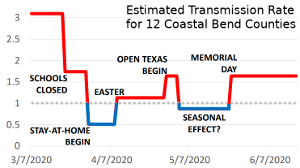
Naval Research Enterprise Internship Program
Summer 2022
Myself and undergrad Beto Estrada represented TAMUCC for an internship at the Naval Research Lab Marine Meteorology Division, located in Monterey, California (NRL-MRY). My project was to develop a machine learning pipeline for predicting pyrocumulonimbus (pyroCbs) events. This is a challenging problem because it is an example of a highly imbalanced dataset: very few wildfires actually produce a pyroCBb. Much of our focus was on the preparation of the labeled training dataset. NRL has an inventory of pyroCb events based on expert analysis. These coordinates need to be matched up to their source wildfires based on fires detected from satellites. After alignment, the training dataset has fire characteristics and atmospheric model outputs for each fire that are used to train ML architectures including Random Forest and Deep Neural Networks. We created several variants of the training data, and demonstrated how choices made in selecting both the features and samples greatly influence model performance. Some conventional ML techniques such as K-Best Feature Selection and data balancing algorithms were shown to decrease performance. However, strategies proposed based on domain knowledge led to substantial improvements. This research is ongoing, but the results from the summer internship were presented at the American Meteorological Society 103rd Annual Meeting in Denver, Colorado. Every weekend, our advisor Chuyen Nguyen took Beto and I out to experience the outdoors in and around Monterey Bay. We kayaked in Moss Landing, hiked in Big Sur, swam in the frigid waters of Asilomar Beach, and enjoyed a scenic overlook of the bay from Jack’s Peak.
SACNAS National Diversity in STEM Conference in San Juan, Puerto Rico
October 2022
At TAMUCC, I entered the 2022 Spring Student Research Symposium and was awarded 3rd place Best Overall poster. I presented research based on my work with AI2ES: The influence of grouping features on explainable artificial intelligence for a complex fog prediction deep learning model. Winners were invited to participate in the SACNAS National Diversity in STEM (NDISTEM) conference that was held in San Juan, Puerto Rico. There, I presented an updated version of the poster that incorporated the latest results. It was a memorable experience, being both my first in-person conference and first time beyond CONUS. NDISTEM is multidisciplinary, and computer science is little represented. Very few visitors to my poster had heard of eXplainable AI, and it was valuable to hear perspectives on machine learning from experts across the sciences. Besides the conference, I had a wonderful time in beautiful San Juan with fellow grad students. Our hotel was a very short walk to the beach which is home to a population of rather large iguanas. I really enjoyed the food, in particular tostones and mofongo. Myself and the president of the local SACNAS chapter, Roy Roberts, went on a night kayaking tour in Bahía de San Juan. A needlefish leapt from the water and landed in our vessel. Dr. King still doesn’t know that the four of us toured the Castillo San Felipe del Morro on his dollar. I have a photo album from San Juan here.
Visiting Scholar at CIRA in Ft. Collins, CO
Fall 2023 | Photo Gallery
I spent one month doing research in Colorado, starting with ten days at Boulder where I attended two workshops at NCAR. First, I presented at the Foothills Lab about explainable AI for the DoD Workshop: The Influence of Feature Aggregation for Explainable AI for High-Dimensional Geoscience Applications.
A week later, I attended another conference at the Mesa Lab: a notable architectural achievement by Ieoh Ming Pei and featured in the Woody Allen film Sleeper. The event turned out a little different than I expected: its purpose was to connect the energy companies with fire researchers so that they could incorporate better wildfire forecasts into their decision-making. These are all Western energy companies, and they face many challenges related to wildfires. A big issue is that the grid itself is responsible for a large number of fires. So, they rely on accurate predictions to determine when there is a risk of triggering a fire. In this case, they initiate a preventative power shutoff. This prevents triggering wildfires but comes at a great cost to the customers, especially those relying on electricity for medical equipment. So, the focus is on improved modeling capabilities. It was all very interesting to hear their perspectives. An important point was the need for higher-resolution satellite data. The polar-orbiting satellites (e.g. VIIRS) have the spatial resolution to analyze their utilities, but the temporal resolution is far too low. By the time the satellite passes over the area of interest, critical events have occurred. The geostationary instruments (e.g. MODIS) are fixed in place and thus have very high temporal resolution but the imagery is too coarse for their needs. Recordings will be available here. Below is a beautiful sunset taken from the MESA lab after the first day.

I then moved to an AirBnB in Ft. Collins to spend the next three weeks working under Dr. Imme Ebert-Uphoff at the Cooperative Institute for Research in the Atmosphere (CIRA). I was working on extending Mamalakis et al.’s work on developing synthetic benchmark datasets for quantitative assessment of XAI techniques. I had a 2-hour commute by bicycle and enjoyed the low humidity. Highlights include prairie dogs, hiking up Horsetooth Mountain, and the Northern Colorado Korean Festival
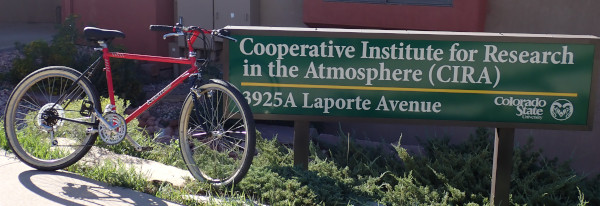
Forming AI2ES Research Connections in New Zealand
Fall 2023 | Photo Gallery
My advisor Dr. King and I spent three weeks in New Zealand as part of an effort to initiate international collaborations with AI2ES. We visited universities on both the north and south islands to establish connections.
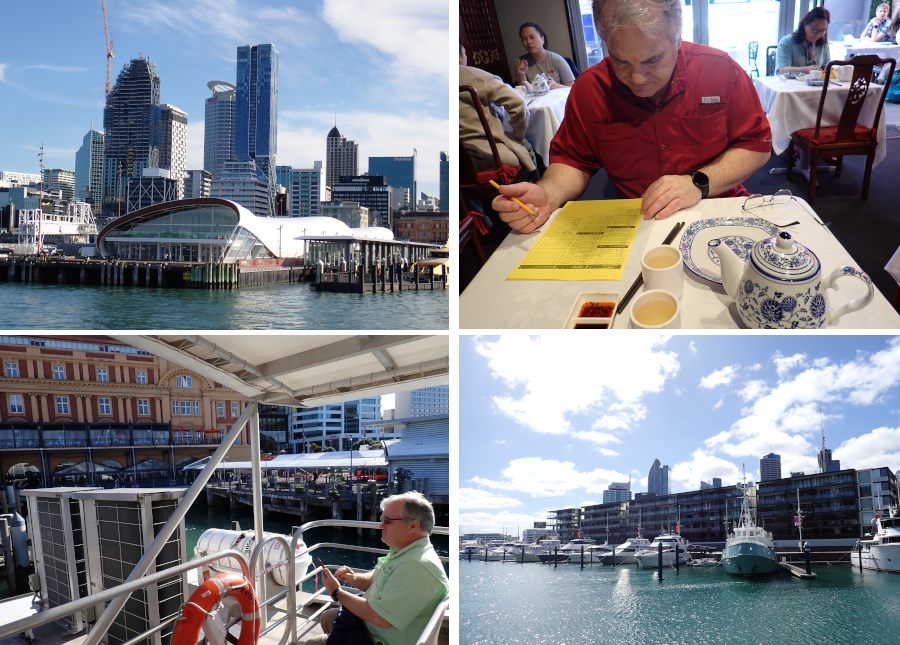
First, we spent a couple days in Auckland to visit Dr. Patrice Delmas, director of the Intelligent Vision Systems Lab (IVSLab) at The University of Auckland. They are very experienced in developing vision systems for marine applications. They work closely with the marine science department for data collection, and develop computer vision algorithms for a variety of applications involving underwater and aerial imaging platforms. We had a lot of discussions about sea turtles and the potential for detecting arribada events on the Texas Gulf Coast.

We then flew to Dunedin in the South Island to meet with AI researchers from the University of Otago: Dr. Lech Szymanski & Dr. Brendan McCane. I gave a presentation on my XAI Benchmarks research to the university’s AI group, and received very helpful feedback. We also started developing ideas for an AI2ES project using Generative Flow Networks for causal discovery.
AGU 2023
December 2023 | Photo Gallery

I presented a poster at the AGU Annual Meeting 2023 that took place in San Francisco. SF’s historic Chinatown was an eight-minute walk from my hotel. I started almost every morning with 叉烧包 from one of the many bakeries. At lunch, I would return to dine with the elders. There were so few tables that I was always seated with others, and learned a lot of history from the locals. I was also given many good recommendations on what to order. One morning, I had to order in Cantonese. This was a bit tricky since I don’t know Cantonese. But, I was able to make it clear that I wanted 马拉糕 and NOT 蘿蔔糕 for breakfast! An old lady next to me burst out laughing at my 唔該, but I was happy to have received my delicious steam cake.
